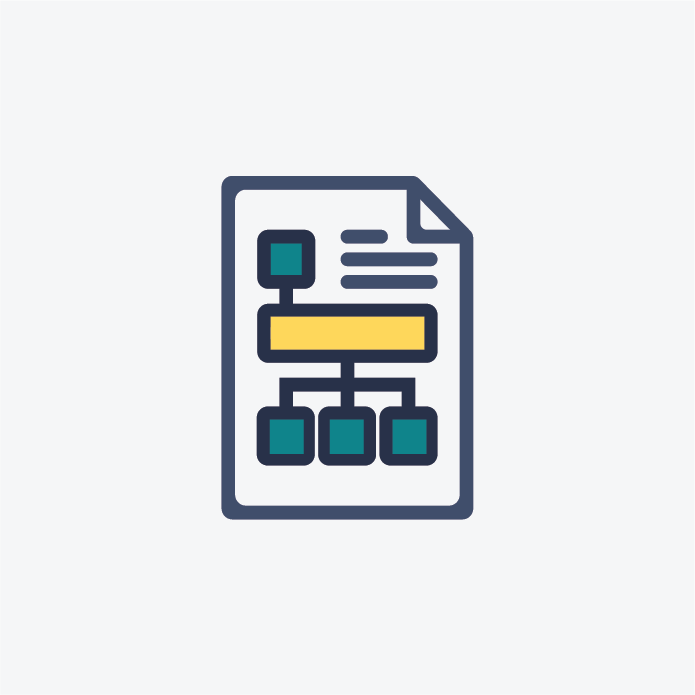OPTUM’S Assessment Builder
An enterprise software application used to build clinical assessment workflows to guide and ensure a smooth interaction between clinicians and their patients/members.
Early working prototype as a Microsoft Windows WPF application.



















































